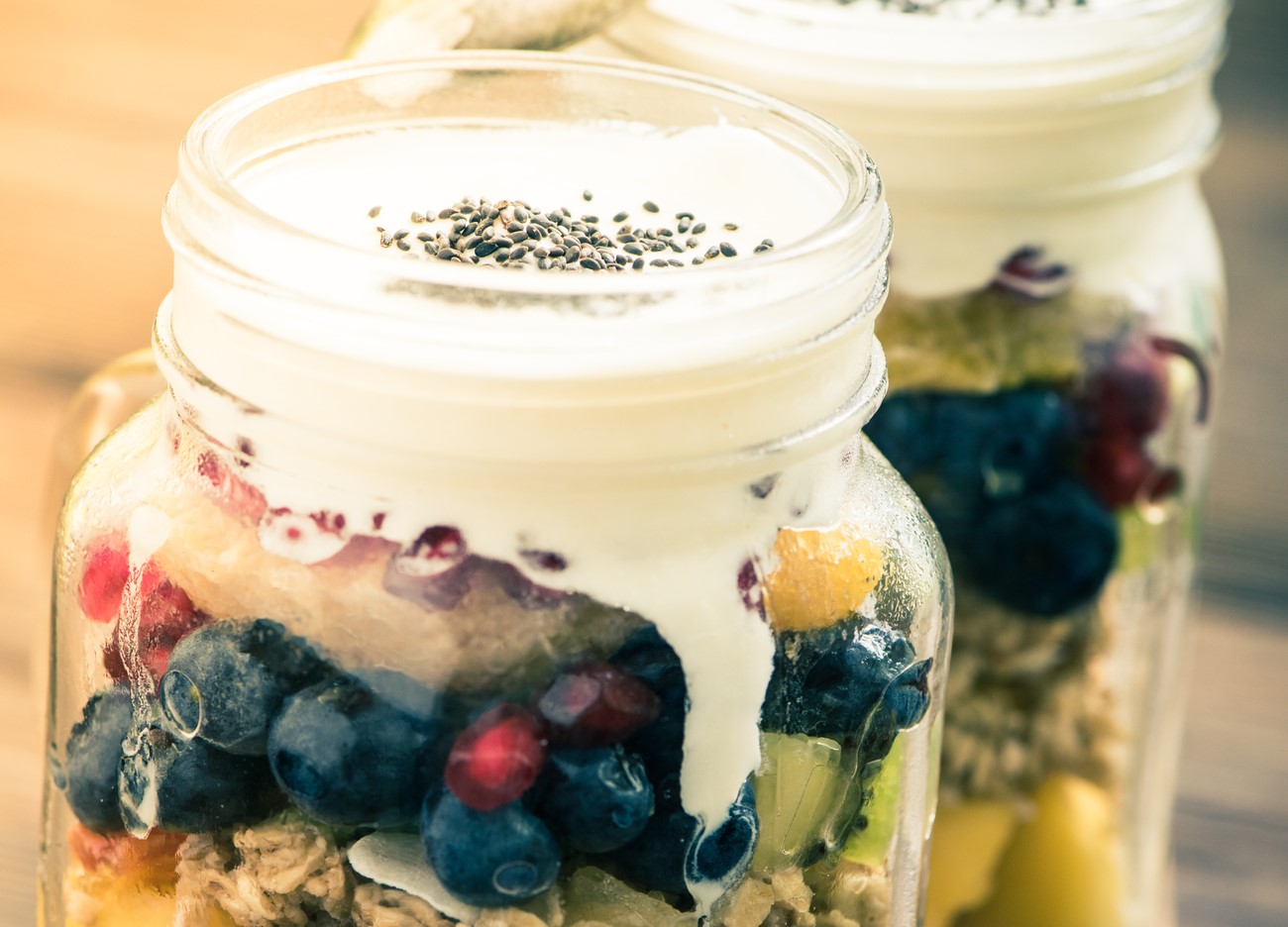
Backing up performances, whether training, racing, or on an adventure requires a little more planning and preparation than a single day effort. Generally speaking your condition on the later days of the event will have more influence on your result than the start.
Each day can be broken down into three parts; daily preparation, event execution and post recovery. The event could be a couple of days, weeks or even months. For each the process is similar, however subtly different relative to the daily intensity, which I will explain later in the post.
Before each day
Fill Up Glycogen Stores. After waking ensure you top up on nutrition. Nothing exceptional, nothing fancy. Choose foods you usually eat. The aim is to top up glycogen and maybe a little protein used overnight.
Hydration On Point. Top up on fluids, ensure you include electrolytes, especially sodium. Don’t over do it, drink to thirst. Personally I stop drinking 2 hours before start, empty bladder 30 minutes before then drink 1 glass 15 minutes to start.
Warm Up Well. Muscles, joints and connective tissue may be stiff from the previous days effort. Ensure you warm up nice and easy to get things moving, start circulation and promote endorphins.
During the event
Limit depletion. Going back to back days means we can’t afford to get too depleted as it takes time to replenish stores. This is not the time to rely totally on fat stores even if intensity is mostly aerobic. Keep onboarding carbs throughout at a level relative to intensity.
Aerobic Fuelling. Take on fuel when aerobic, this is a good time to consume complex carbs such as resistant starch, sweet potato, maybe include some occasional solids like a sandwich or sports bar.
Anaerobic Fuelling. During anaerobic or sweetspot efforts steer towards the simpler carbs, easy to process better supporting higher intensity glycogen fuelling. This will support shorter term performance without totally depleting stores and leading to the dreaded bonk!
End of day recovery
Stage end. Ensure you spin down and/or get a massage, especially if the day ended with high intensity effort. Spinning down helps flush out residual waste in the muscles allowing recovery to begin earlier. If lactate is left in the muscle it will need to clear before muscular recovery begins. This could take hours.
If efforts may have caused significant muscular stress consider an ice bath, but only if you are backing up the next day. Evidence shows ice baths may hinder long term physical adaptations, however the inflammation reduction may prepare you better for a short term repeat effort.
Replenish early. Consume protein and complex carbs soon after completion to replenish stores and kick off the recovery process. Evidence shows there is a 30 min window where protein and carbs are better utilised for repair. Lean toward real food options like eggs, chicken, sweet potato and fruit. If the stage end is away from facilities then arrange for a recovery shake to be available.
If the day was mostly aerobic and long then consider including some healthy fats. Fats have 9 calories per gram versus 4 calories for carbs and protein. This can means less bulk for more calories, helpful if you are attempting to consume 6000+ calories day after day!
As always, top up electrolytes, lean towards electrolyte drinks or add a pinch or two of salt to your water. Electrolyte balance and hydration is key to recovery and will set you up for a cramp free next day.
The Rest of the day. Consume nutrient dense foods, hopefully inline with your everyday diet. Lots of greens, multi colour veggies. This is the best way to take on essencial recovery bioavailable vitamins and minerals. Include some complex carbs to ensure store replenishment before the next day.
Recovery focus. Prepare logistics for the next day early so you can let go, wind down and relax. Relaxing early will set up up for quality sleep. 3 to 10 minutes of meditation can also help clear mind and embrace stillness. Try keep your sleep the same length as your normal day at a minimum. Sleep is when the most of your recovery takes place, value it, protect it. It’s gold!
Keep it relative
Your recovery and stage fuel should be relative to the intensity and duration of the event. For shorter multi day events you can afford to lose fat and focus on replenishing protein and glycogen as fat stores will remain at a health level. For extremely long events (weeks) fat stores need to be protected and calorie replacement needs to be zero deficit. This may require healthy fat inclusion. For repeated high intensity stages the focus swings toward glycogen replenishment implying a complex carb focussed strategy.
Most importantly, allow yourself to enjoy the process, enjoy the food. Let your intuition lead you. If your body says savoury, go for the salty stuff, if it says sweet, hit the ice cream and fruit. If it’s a deep hunger try some healthy fat. Back your taste buds, they are usually right!
